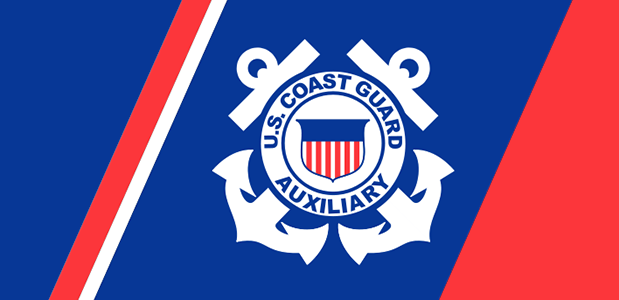Over the centuries, societies have been faced with the abundance and contraction of resources. A solution to a loss of resources, and an alternative to natural resources has been the versatile, ubiquitous and almost perpetual plastic. Invented in the late 19th century, plastic production began to accelerate in the 1950’s when production was about 2.3 million tons a year.
Fast forward to current production about 448 million tons a year. It’s a beautiful landscape and there bobbing in the water, or broken in chunks, or settling in along the side of the road, or blown into the tree is some plastic.
Wondering what those triangles with a number found on the bottom of your plastic containers are? The higher the number the harder it is to recycle. PET 1 ( polyethylene terephthalate) those containers are bottles, food jars, mouthwash and shampoo bottles, some clothing and carpets. HDPE ( High Density polyethylene) are milk jugs, toys, crates, pots for plants, detergent and bleach bottles. Credit cards, plastic gutters, plastic pipe for water or electricity and plastic wrapping are difficult to recycle. Plastic plays a significant role in packaging from food to medical supplies; in devices used to communicate, the vehicles we drive in, the chairs we sit
in, the list is endless.
The bad news is that plastic trash or single use plastic is a very big
problem. One reason it is such a problem is that there is not enough recyclers or manufacturers to manage the ever increasing production and use of plastic. Plastic manufacturing far surpasses plastic waste management. The good news is that it’s a problem that there are solutions to.
WHAT CAN YOU DO? Recycle all and any plastics you can. ( Sorry those plastics shopping bags can’t be recycled but you can reuse them) Sometimes this may seem like a daunting hassle, but, think about the long term. Recycling does make a difference
Look for products that are not packaged in plastic. Think about alternatives. Almost all toys that are designed for children are constructed in plastic ( this may be a big WHAAA) but as a boomer we played with what was available; pots, pans, sticks, fabric; there was very little plastic in the toy chest. The Exchange has toys and also takes them if they are in good condition
Grab a water bottle you can reuse, or a drinking cup you can reuse.
Give up the plastic straw and keep a couple of reusable shopping bags – canvas, mesh, nylon, in your car.
Every action is a step toward reducing the big problem of plastic. And three cheers to Island Market for reducing the amount of waste and plastic it uses. If they can do it so can we!
History and production numbers from National Geographic “Plastic or Planet” series
**If you are reading theOrcasonian for free, thank your fellow islanders. If you would like to support theOrcasonian CLICK HERE to set your modestly-priced, voluntary subscription. Otherwise, no worries; we’re happy to share with you.**








Thank-you, Sarah.
Your suggestions are right on.
Our planet is drowning in plastic products and packaging.
Recycling of plastics is in crisis as China has stopped accepting our (often dirty) plastic waste. Remember to wash your containers before taking them to be recycled.
Reducing our use of plastic seems very difficult, but you can:
Refuse to buy products in plastic packaging when there is an alternative.
You can make your own reusable produce and grocery bags.
Or you can buy reusable produce and grocery bags at either Island Market or at the Orcas Food Co-op.
Reuse existing plastic packaging when you can.
There is new technology to process mixed plastic waste back into the hydrocarbons (fossil fuels) from which it came. But there are possible air pollution issues that need further study.